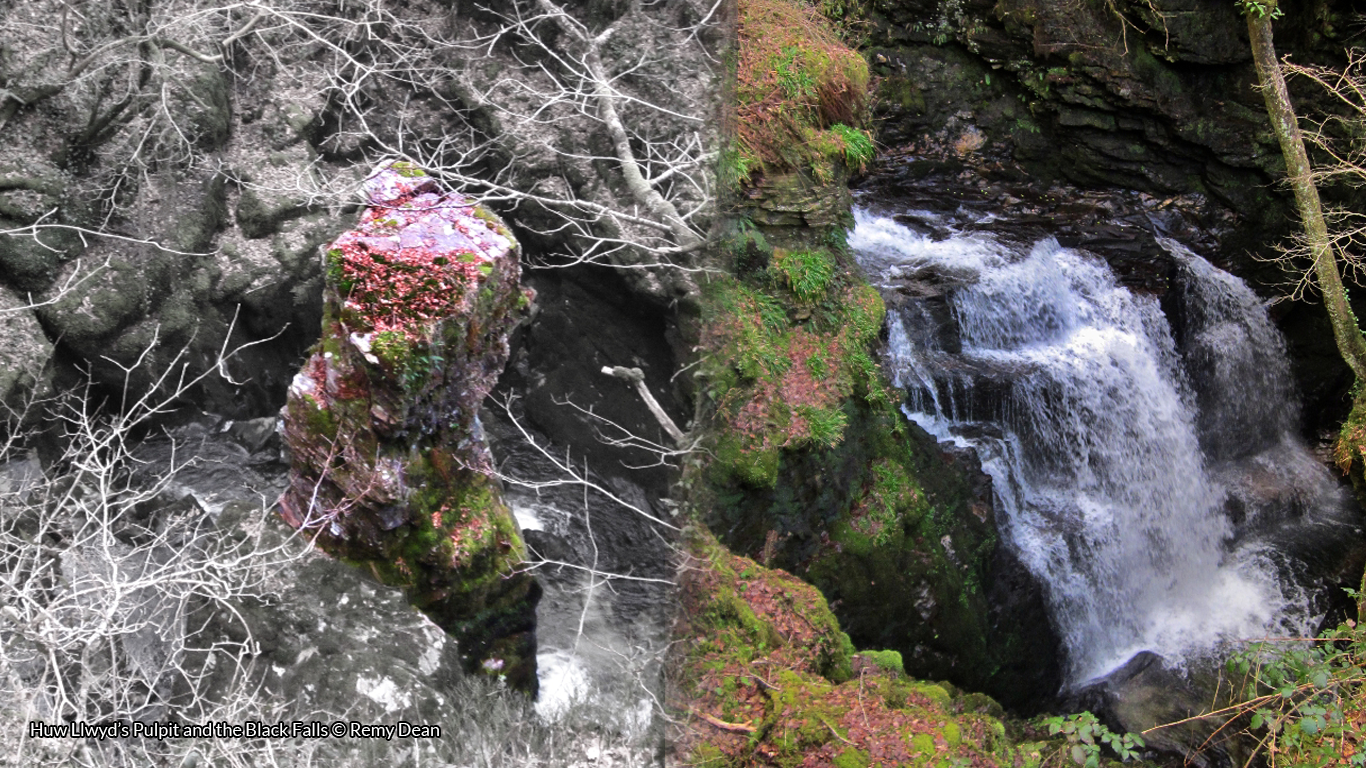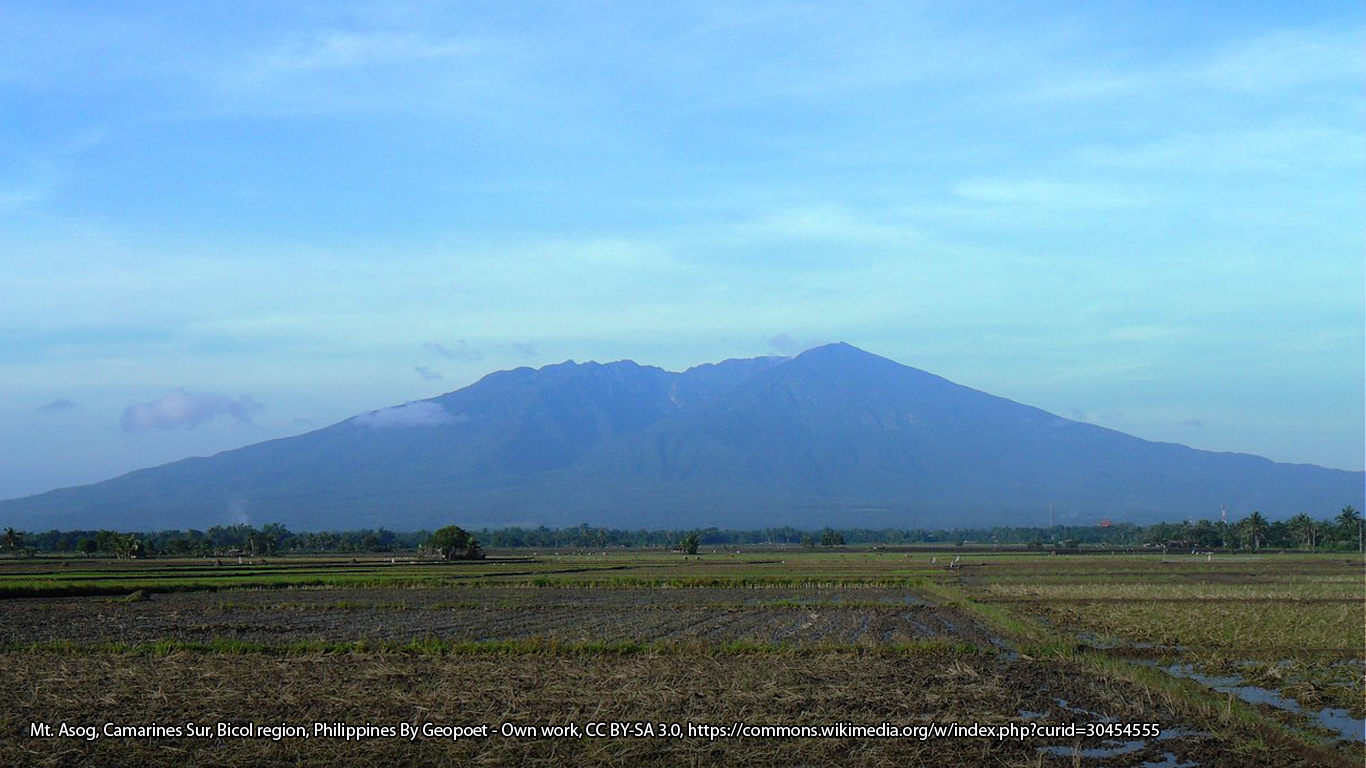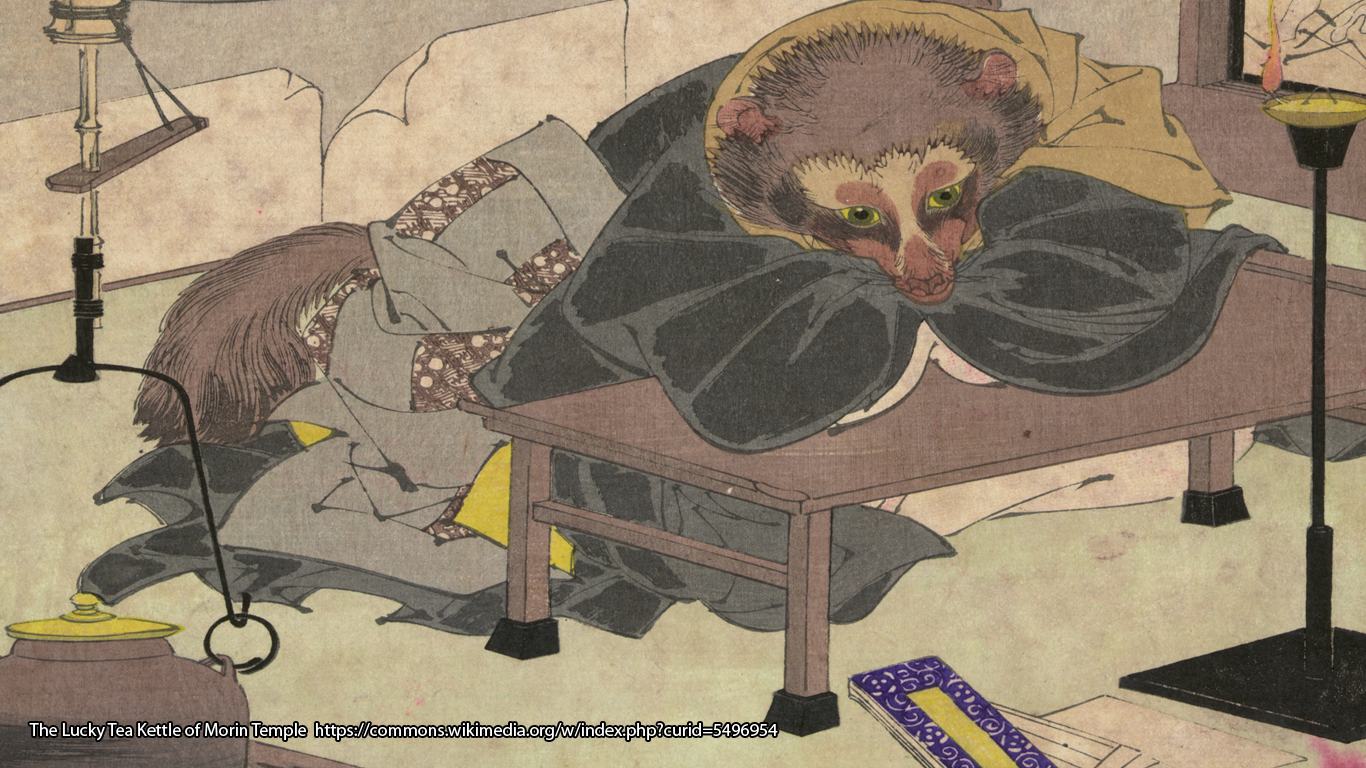Lost Mines and the Secret of Getting Rich Quick
old! The very word fuels the imagination. And when that furnace is stoked, folklore is not far behind. Legends of lost mines are at the heart of traditions inspired by gold, greed and dreams of sudden wealth. Tales of mines won and lost are international, but they are especially common in the West of the […]





